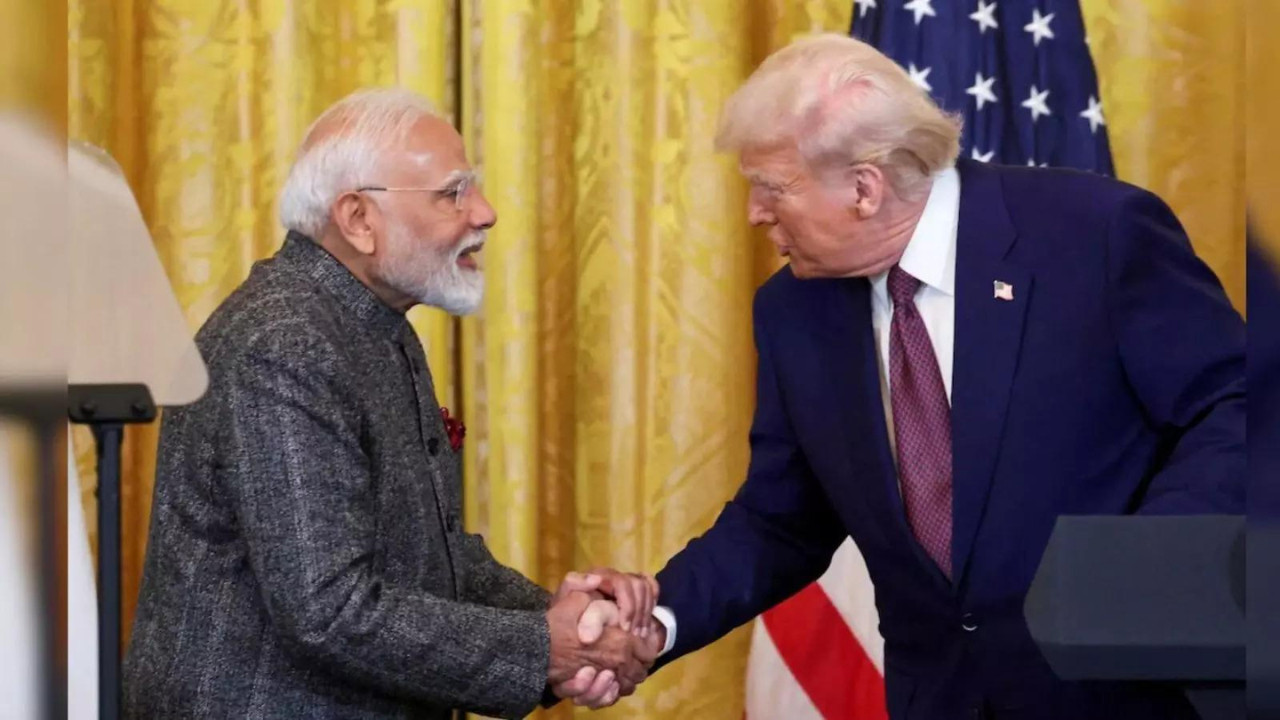Donald Trump announced the US is nearing a trade agreement with India, alongside deals with the UK and China. Tariff letters, outlining reciprocal rates effective August 1, 2025, were issued to various trading partners. New 25% tariffs were imposed on Japan and South Korea, with warnings of reverting to higher April rates if deals aren’t finalized soon.
Brewing on the Horizon: An India US Trade Deal Closer Than We Think?
The winds of international trade are constantly shifting, and lately, they seem to be blowing favorably towards a potential India US Trade Deal. Remember the high-stakes dance of tariffs and negotiations that dominated headlines not so long ago? It appears we might be moving towards a more harmonious tune. While the path to a comprehensive agreement is rarely smooth, recent developments suggest a significant thawing in relations and a renewed push to solidify economic ties between these two global powerhouses.
It’s a complex equation, involving everything from market access for agricultural goods to intellectual property rights, and the devil, as always, is in the details. But the overarching sentiment seems to be one of optimism, a shared understanding that stronger trade links benefit both nations. The potential impact on businesses, consumers, and the overall economic landscape could be substantial, making this more than just another dry trade agreement. It’s about shaping the future of a dynamic global partnership.
What’s Fueling the Optimism for an India US Trade Deal?
So, what’s behind this renewed sense of possibility? Several factors seem to be at play. For one, there’s a growing recognition of the strategic importance of the India-US relationship. In an increasingly multipolar world, fostering strong alliances is paramount, and economic cooperation is a cornerstone of any robust partnership.
Furthermore, businesses on both sides have been vocal about the need to reduce trade barriers and create a more predictable environment for investment. The disruptions caused by tariffs and trade disputes have highlighted the interconnectedness of global supply chains and the benefits of smoother, more efficient trade flows. This pressure from the private sector is undoubtedly influencing policymakers.
Finally, there’s the simple fact that both India and the US stand to gain significantly from a comprehensive trade agreement. Increased market access for American goods and services in India, a rapidly growing economy with a vast consumer base, represents a huge opportunity for US businesses. Simultaneously, Indian companies would benefit from easier access to the massive US market, boosting exports and driving economic growth.
Navigating the Complexities: The Road Ahead
Of course, reaching a final agreement won’t be a walk in the park. There are still significant hurdles to overcome and sensitive issues to address. Agriculture, for example, is always a tricky area in trade negotiations, with both sides having strong domestic interests to protect. Intellectual property rights, particularly in the pharmaceutical sector, are another potential sticking point.

The key will be finding creative solutions that address the concerns of both sides while upholding the principles of fair and open trade. This requires a willingness to compromise, a commitment to finding common ground, and a clear understanding of the long-term benefits of a stronger economic partnership.
For example, discussions on tariffs related to the steel or aluminum industries will have to take place on a global context, especially in light of oversupply conditions and competition from economies like China. The India US Trade Deal must also be mindful of existing regional partnerships and trade commitments that each nation has already invested in.
The Potential Impact: A Win-Win Scenario
If successful, an India US Trade Deal could have a transformative impact on both economies. It could unlock billions of dollars in new trade and investment, create jobs, and spur innovation. It could also strengthen the strategic partnership between the two countries, making them even more important players on the global stage.
For consumers, it could mean lower prices on a wider range of goods and services. For businesses, it could mean new opportunities to expand into new markets and compete more effectively. And for the overall economy, it could mean stronger growth and greater prosperity.
Moreover, the impact goes beyond mere economics. A successful India US Trade Deal could become a model for other trade agreements in the future, promoting a more open, fair, and rules-based global trading system. It sends a powerful message that countries can work together to overcome differences and build a stronger, more prosperous future for all. To further explore the intricacies of international commerce, you might find this article on effective [cross-border payment strategies](https://example.com/cross-border-payments/) particularly insightful.
Conclusion: A Promising Future
The potential for an India US Trade Deal represents a significant opportunity to strengthen economic ties and forge a more prosperous future for both nations. While challenges undoubtedly remain, the renewed sense of optimism and commitment to finding common ground is encouraging. It is a development worthy of our attention, with broad implications for the global economic landscape. As negotiations progress, the world will be watching closely, hoping that the promise of a mutually beneficial agreement becomes a reality.







